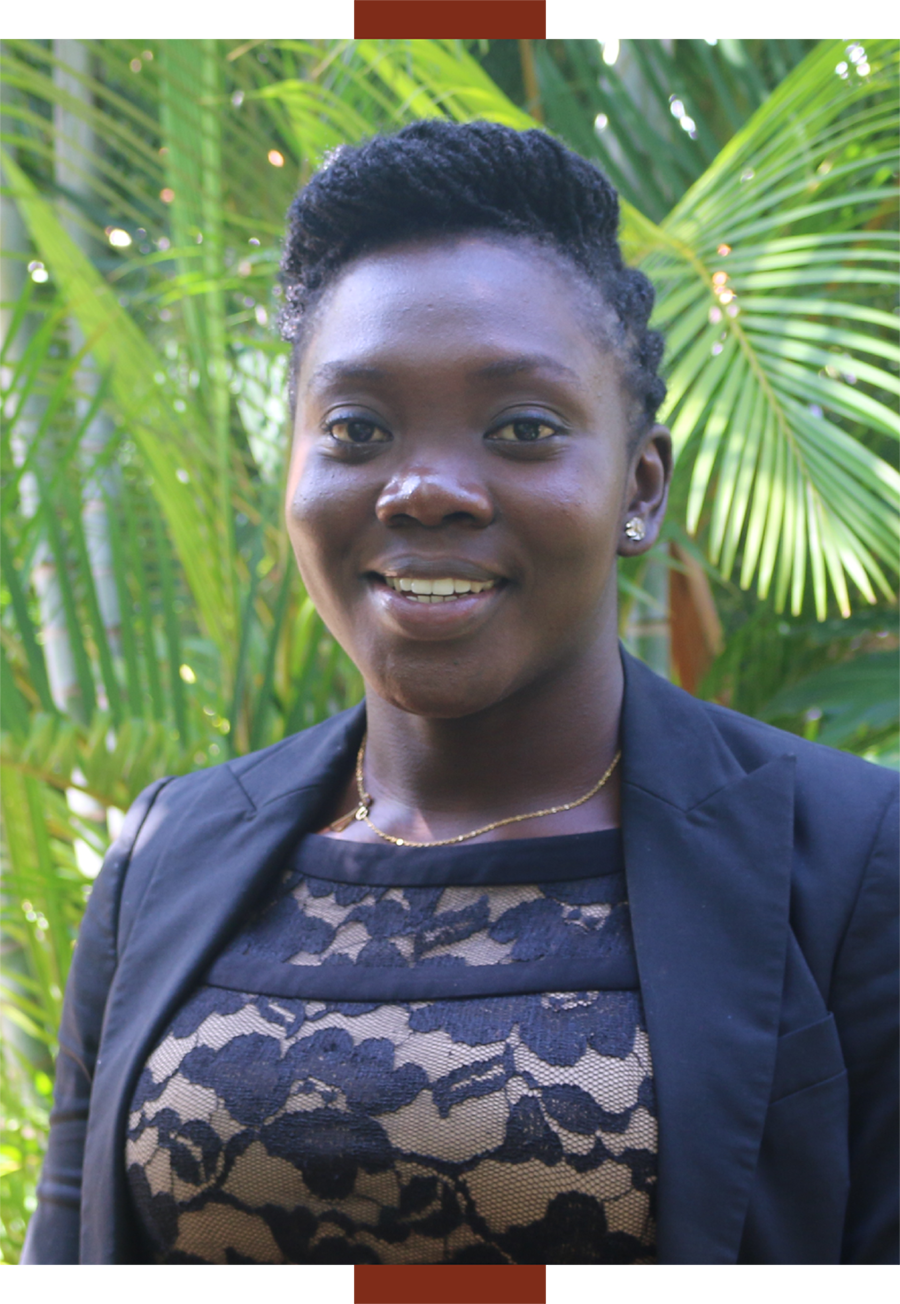
Feeding the Future
Mentorship and access facilitate student’s dream to help nourish a continent

At 8 years old, Danielle Essandoh unearthed a fascination with agriculture and never looked back.
Her grandfather, a peanut farmer, welcomed her help around the family farm in her home country of Ghana, and Essandoh embraced farm life with enthusiasm. Essandoh enjoyed the feeling of providing for her family and continued farming through high school. Today, as a doctoral student in the Institute of Plant Breeding, Genetics and Genomics (IPBGG) at the University of Georgia’s College of Agricultural and Environmental Sciences, Essandoh remains driven by her desire to help people sustain themselves.
Her choice to study plant breeding was an easy one. Essandoh realized she could both help others and pursue her passion for agriculture through research driven by her farming experience and understanding of the peanut’s nutritional potential in developing areas.
“I saw how agriculture was sustaining my family, and how peanuts are a major part of the protein in most diets where I’m from,” she said. “I became interested in peanuts because I wanted to do something to help the people of Ghana and Africa.”
As she studied, she realized that diseases are a significant issue for farmers, and that building disease resistance is the key to increasing peanut supplies in Africa. Groundnut rosette disease (GRD), the most destructive viral disease of peanuts in Africa, can wipe out entire fields, leaving farmers without anything to show for their work that year.
Although Essandoh’s family farm was fortunate to avoid it, she emphasizes how devastating GRD can be.
“One hundred percent yield loss annually,” Essandoh said. “Imagine a whole field of peanuts infected and just losing everything — that’s how bad it is.”
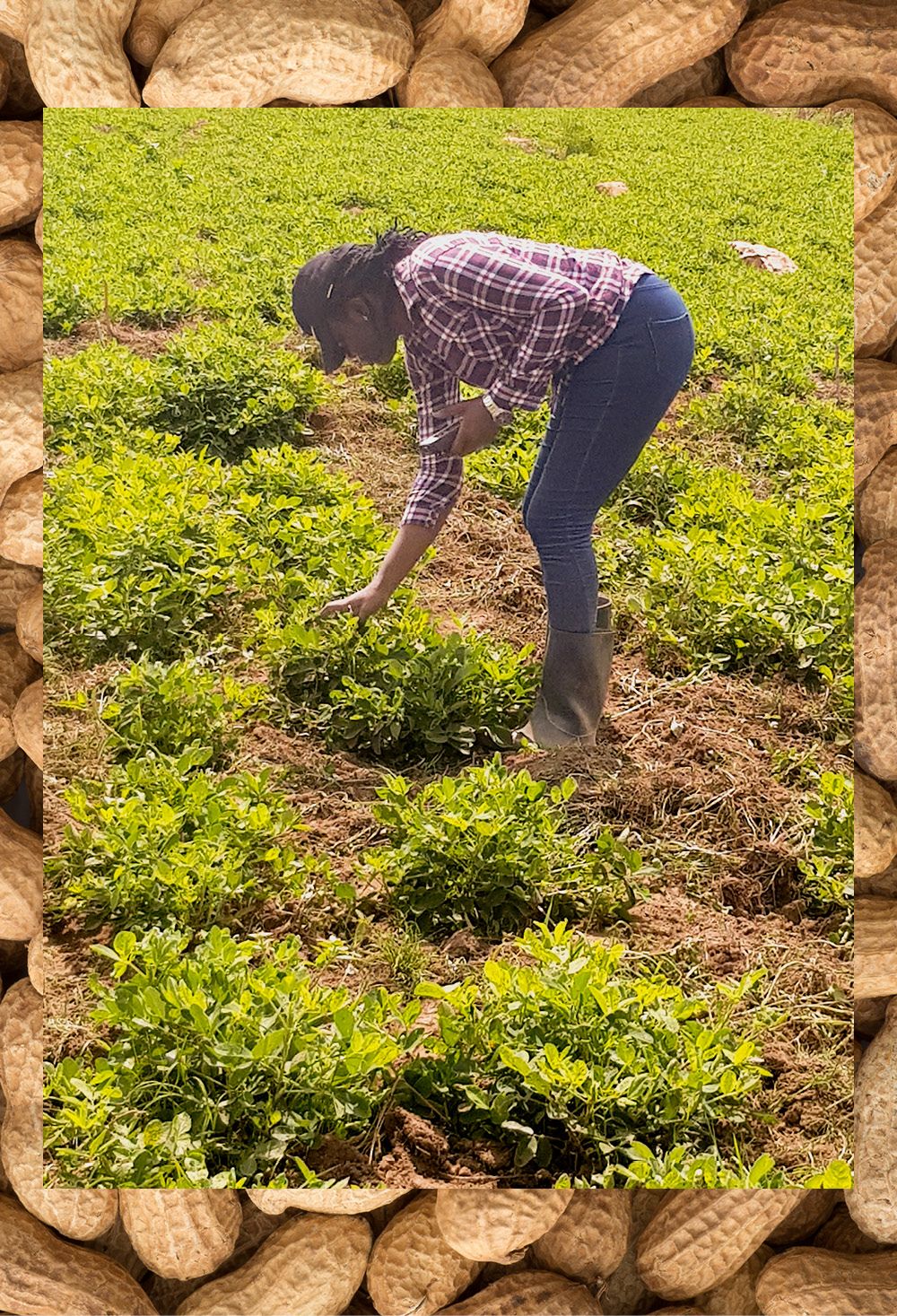
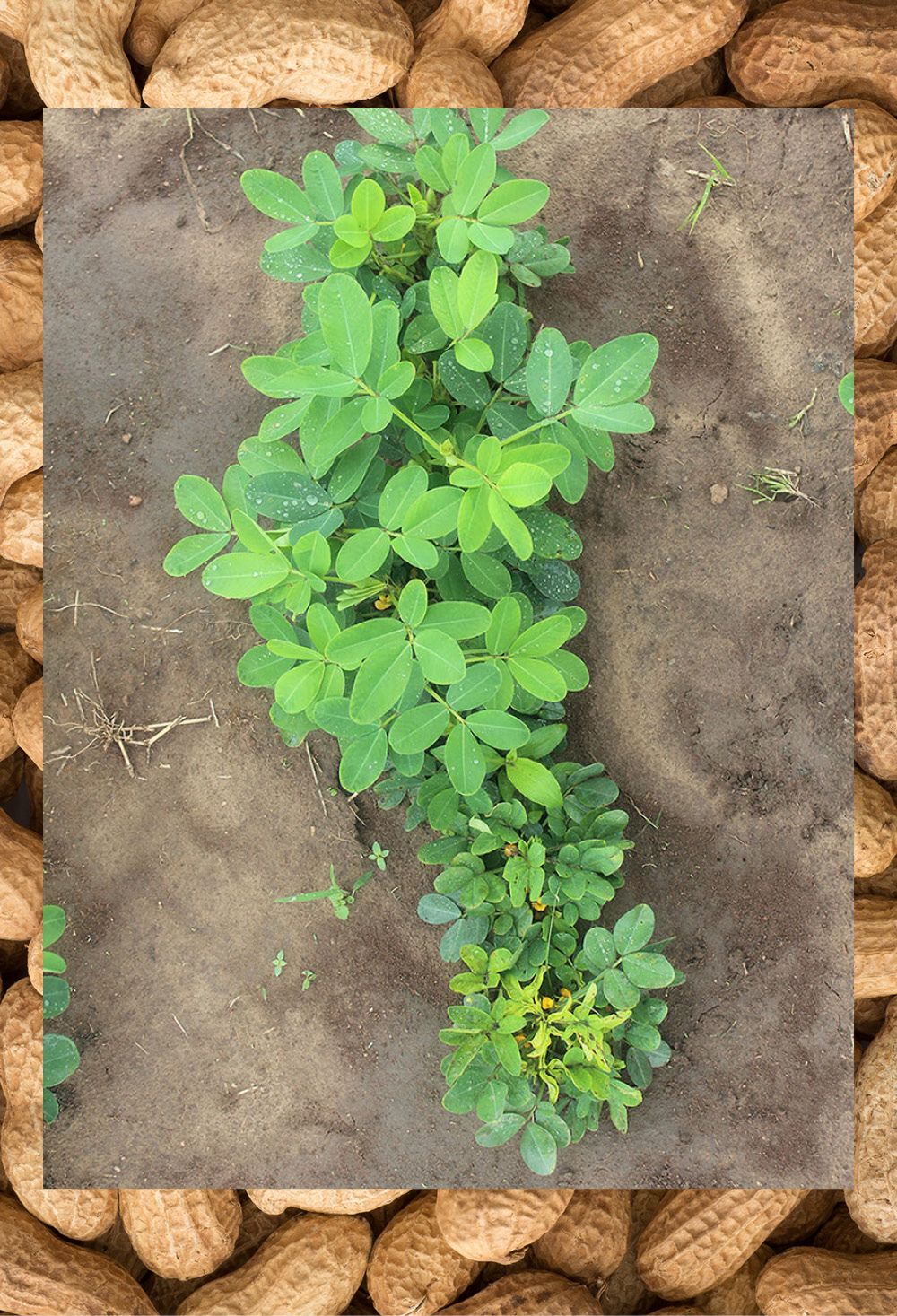
Groundnut rosette disease, a devastating viral disease, on peanut plants
Groundnut rosette disease, a devastating viral disease, on peanut plants
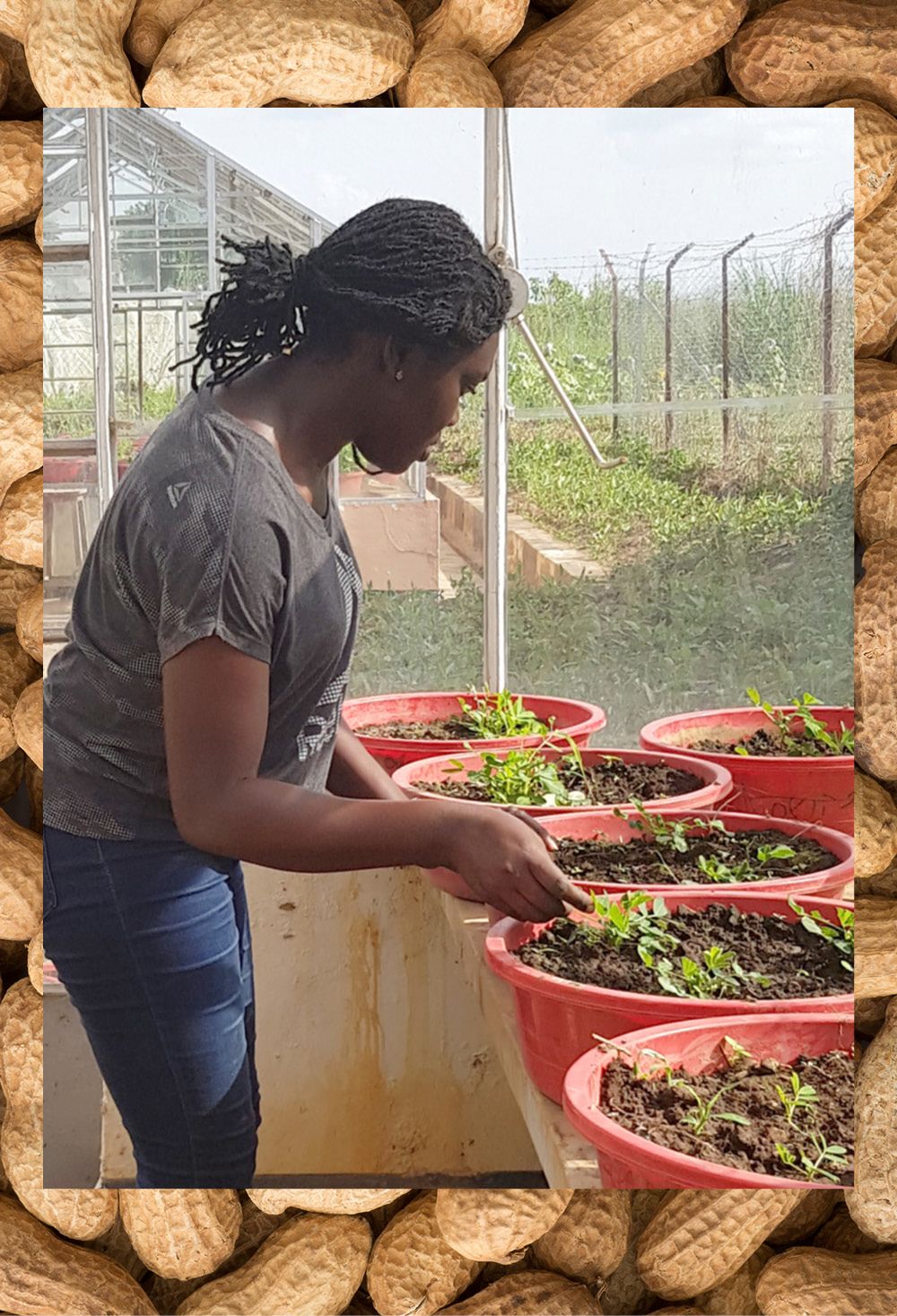
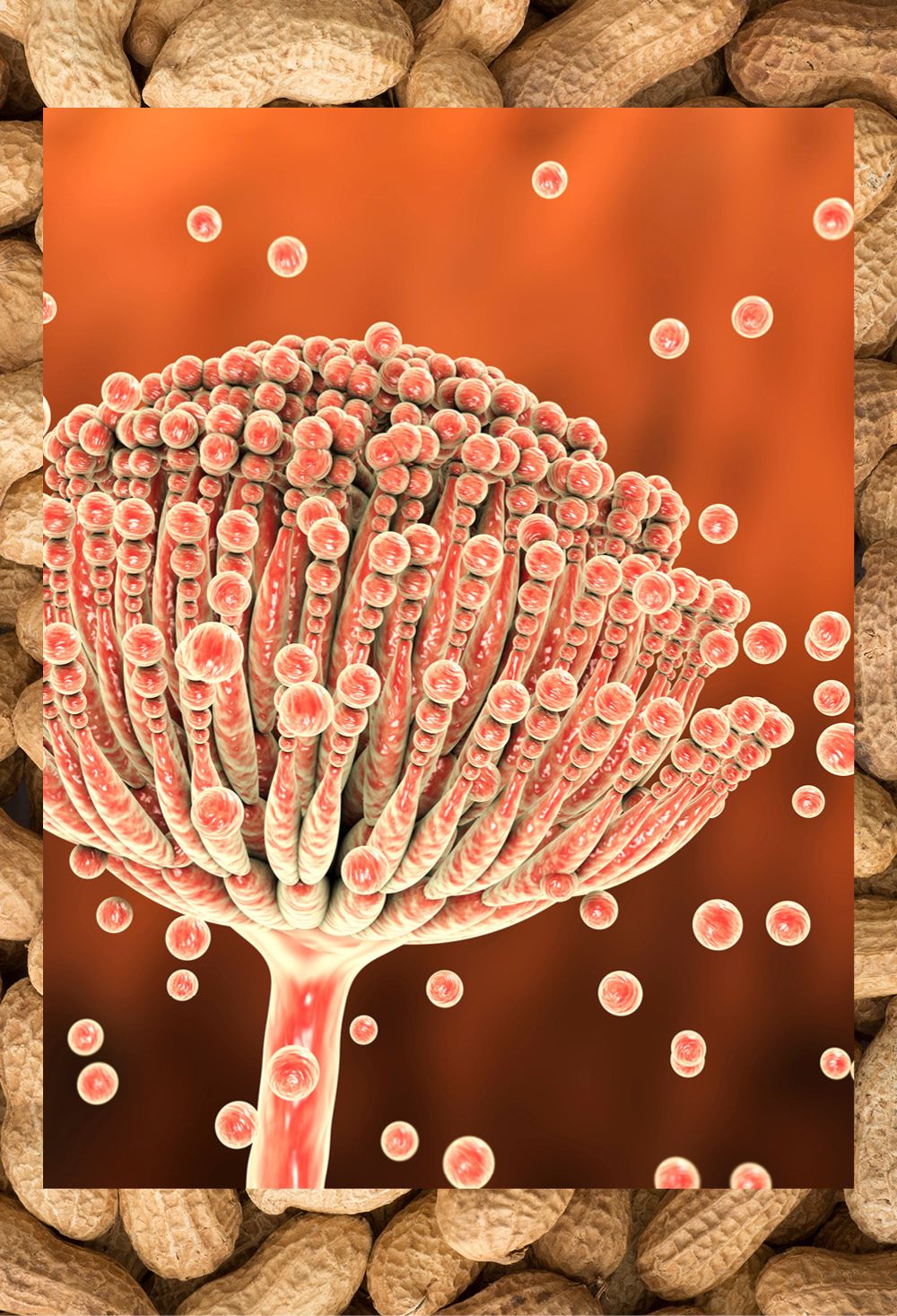
Essandoh grew 376 lines of plants derived from peanut ancestors to look for resistance to modern diseases. Those wild ancestors often can fight off pathogens and fungi such as Aspergillus, depicted above, which can infect modern plants.
Essandoh grew 376 lines of plants derived from peanut ancestors to look for resistance to modern diseases. Those wild ancestors often can fight off pathogens and fungi such as Aspergillus, depicted above, which can infect modern plants.

Essandoh and IPBGG senior research scientist Soraya Leal-Bertioli are trying to develop new peanut varieties to help African farmers fight plant diseases.
Essandoh and IPBGG senior research scientist Soraya Leal-Bertioli are trying to develop new peanut varieties to help African farmers fight plant diseases.
Using the genetics of wild peanut plants from other parts of the world, it is Essandoh’s goal to increase disease resistance in peanut plant varieties in Africa. She’s currently growing different varieties of peanuts, which she will evaluate for disease resistance to help pinpoint the genetic characteristics that lend themselves to resistance.
While working on her master’s degree in Uganda at Makerere University, Essandoh met Soraya Leal-Bertioli, a senior research scientist in IPBGG, through a project with Essandoh’s academic advisor, David Okello, who was the in-country co-PI with Leal- Bertioli on a project for the Feed the Future Innovation Lab for Peanut at UGA.
Essandoh is early in her scientific career, but Leal-Bertioli recognized her passion for the field and encouraged her to pursue her doctorate.
“As I got to know her, I noticed she would pay very close attention, and I was impressed by her dedication and resilience,” Leal-Bertioli said. “She works incredibly hard and is quite passionate, and that makes her a great student.”
Now Essandoh works with Leal-Bertioli in UGA's Wild Peanut Lab. Essandoh is excited about the depth of learning that the lab has to offer.
“I’ve seen others be able to analyze complex genomic data, but I’ve never been exposed to learning how to do that before now,” said Essandoh. “I’m gaining skills that will make me a better scientist when I go back to Ghana, and that will help me help others.”
Along her journey, Essandoh has found comfort in seeking advice and guidance from her mentors and other women in the field, like Leal-Bertioli. For others from similar backgrounds who might feel intimidated by barriers, Essandoh said seeking out proper guidance and support systems can help anyone thrive in their chosen discipline.
“Always remain positive and work hard,” said Essandoh. “Agriculture is for all, and women can make a difference. When it gets harder, seek out help from other women in other fields.”
To hear more about work in the Peanut Innovation Lab, check out the latest from CAES podcast Cultivating Curiosity, “Beyond borders: How the Feed the Future Innovation Lab for Peanut enhances food security worldwide.”
Editor's note: This story has been updated since its original publication in the print edition of the CAES Almanac.
Did you enjoy this story?
Check out recent issues of the Almanac for more great stories like this one.





